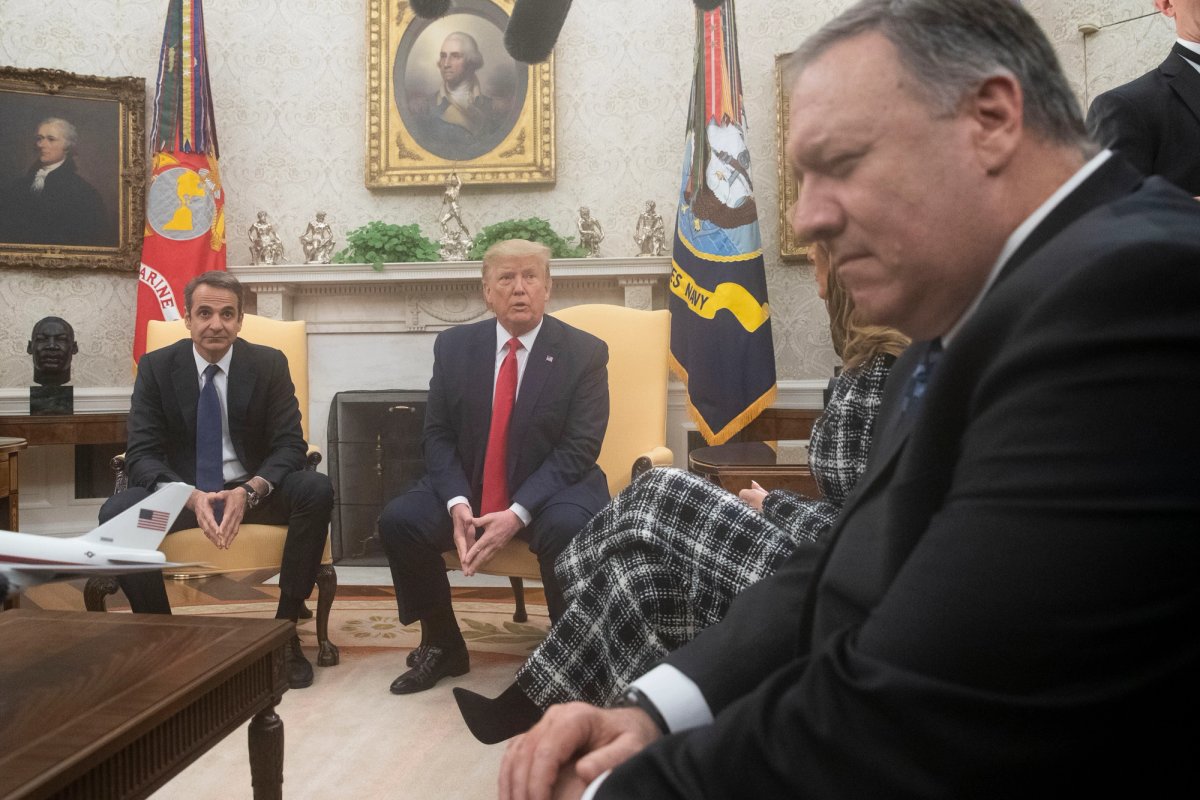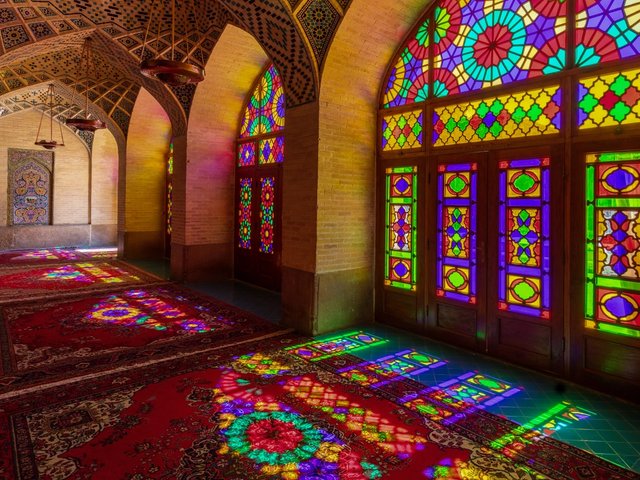US President Trump half-heartedly walked back his statements threatening to target cultural sites in Iran today, after fierce public backlash that resulted in the Defense Secretary Mark Esper and the Chairman of the Joint Chiefs of Staff Mark Milley assuring reporters that the US military would “follow the laws of armed conflict”, which prohibits such attacks to heritage.
During a meeting in the Oval Office on Tuesday with the Greek Prime Minister Kyriakos Mitsotakis, Trump answered a reporter’s questions about his earlier comments on Iran saying: “They are allowed to kill our people. They are allowed to maim our people. They are allowed to blow up everything that we have, and there’s nothing that stops them. And we are, according to various laws, supposed to be very careful with their cultural heritage. And you know what, if that’s what the law is, I like to obey the law.”
Earlier in the day, Secretary of State Mike Pompeo told reporters that any further actions against Iran “will always be conducted inside the international laws of war”. Pompeo had previously suggested that Trump had not suggested he would target cultural sites, before the president reiterated his remarks on Air Force One on Sunday, telling the press: “They’re allowed to use roadside bombs and blow up our people. And we’re not allowed to touch their cultural site? It doesn’t work that way.”
Trump echoed such sentiments today, saying: “But think of it: They kill our people, they blow up our people and then we have to be very gentle with their cultural institutions. But I’m OK with it. It’s OK me. I will say this: if Iran does anything that they shouldn’t be doing, they’re going to be suffering the consequences and very strongly.”
On Monday, institutions and experts around the world denounced Trump’s comments, and an open letter signed by dozens of researchers was published in The Guardian on Tuesday, calling on politicians “to condemn explicitly any statement or action that threatens internationally recognised war crimes against the Iranian people, as well as their cultural heritage”.



